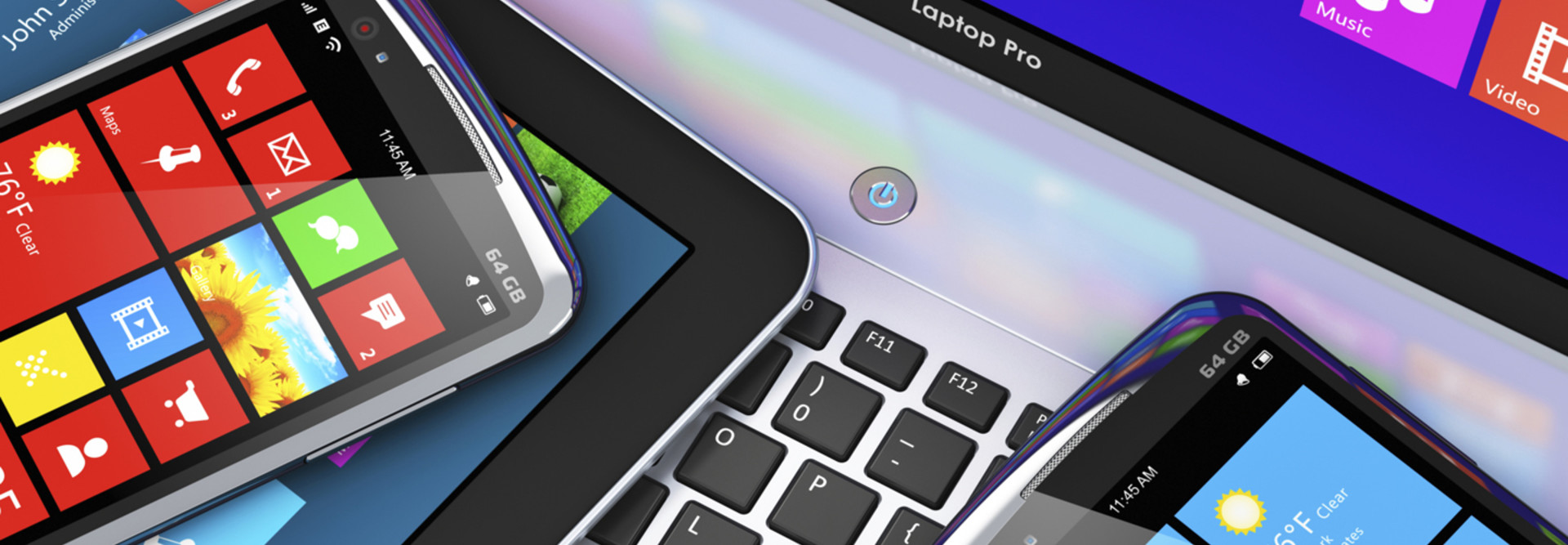5 Ways to Boost Performance in Windows 8.1
Now that the dust has started to settle, Windows 8 (and its most recent upgrade, version 8.1) is gaining respect in the enterprise space as more organizations adopt the operating system. Use these tips to help your users realize the full potential of Microsoft's newest operating system.
Run the Optimize Drives Utility
Due to the nature of PCs, files are opened, closed and deleted constantly, both by the user and the operating system itself. This results in files being “scattered” around the hard drive, because as drive space becomes available in irregular patterns, new files get written in several different physical places on the drive instead of in one contiguous stream.
When too much fragmentation occurs, programs and data take longer to load, slowing boot-ups, shutdowns and all points in between. Windows drive optimization rewrites files back into order and restores lost performance. Make it a practice to schedule or manually run optimization at least once a month for an easy performance boost. To launch this utility, simply go into the Charms Bar, click Search and type Optimize. Then, click the Defragment and optimize your drives link that appears.
Disable Browser Add-Ons
It seems that everything from antivirus software to document readers comes with sneaky (and largely unnecessary) toolbars and add-ons, which often slow systems down. As a general practice, you should disable any browser add-ons or toolbars that you don’t have a specific need for. Internet Explorer allows users to toggle toolbars and add-ons individually by using the Manage Add-Ons menu, or in one fell swoop by way of the Reset... button under the Advanced tab of the Internet Options menu. The lighter you make your browser, the more stable and responsive it will be.
Tweak Your Power Settings
Power management is a wonderful thing, but when you are trying to squeeze the most out of every hardware dollar, consider tweaking the power management settings to allow systems to run at their maximum speed. Windows 8.1 comes with two plans: Energy Saver, which has traditional screen dimming, display time-out and standby options; and Power Saver, which actually throttles system performance to save energy. Make sure your clients are using Energy Saver. To do this, open the Charms Bar, click Settings and the Control Panel link, and then launch the Power Options applet.
Run the System Maintenance Troubleshooter
System Maintenance is a handy utility included in Windows 8.1 that allows you to identify and clean up unused files and shortcuts. To access this tool, open the Charms Bar, click Settings and the Control Panel link, and then launch the Troubleshooting applet. Once open, click Run maintenance tasks. If any issues are found, the utility will make helpful recommendations and give you the opportunity to correct them immediately.
Disable Search Indexing
If you don't frequently search your drive for files, consider disabling the Windows Search service. When enabled, search indexing keeps an ever-changing catalog of where every file on your computer resides, so file search results display faster. But because the service is always running, it uses system resources the entire time, robbing machines of available memory and increasing disk access. This is why, if you don't search often, it’s best to turn the search service off. You can disable this by going into the Charms Bar, clicking Search and searching for serv. Click the View local services link that appears. Scroll through and double-click on Windows Search, change Startup type: to Disabled, and click OK. Windows Search will be permanently disabled as soon as you restart your computer.









